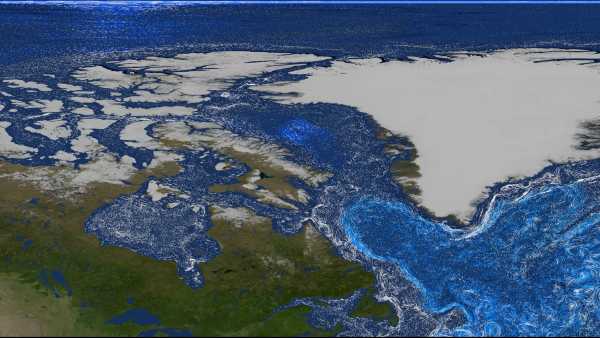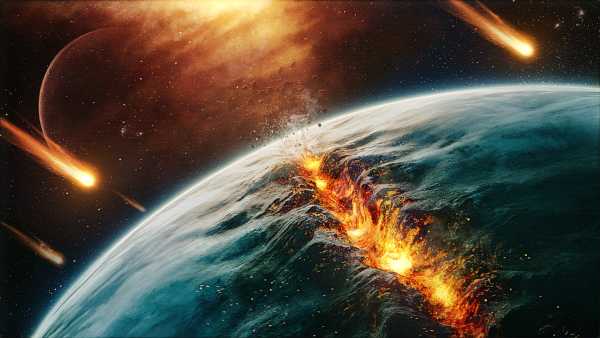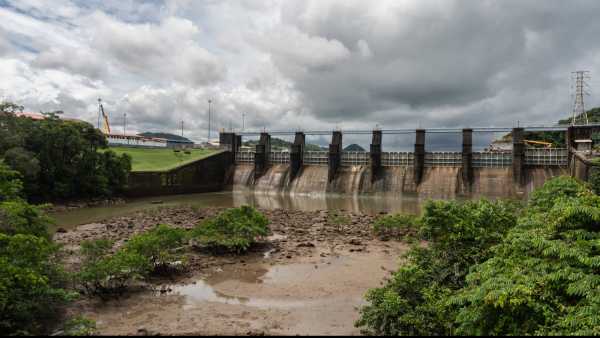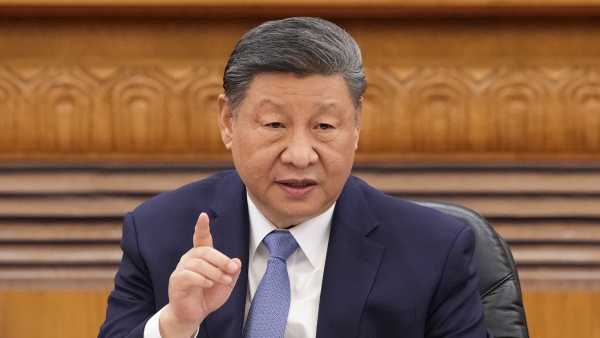
President Xi Jinping announced China's new plans to combat climate change at a UN summit on September 24, pledging to cut emissions by 10% from their peak by 2035. (Image credit: Pool/Getty Images)
A few years ago, one of us (Miles Allen) asked a Chinese delegate at a climate conference why Beijing had chosen “carbon neutrality” as its 2060 target rather than “climate neutrality” or “net zero,” both of which were more fashionable terms at the time.
Her answer: “Because we know what it means.”
You may like
-
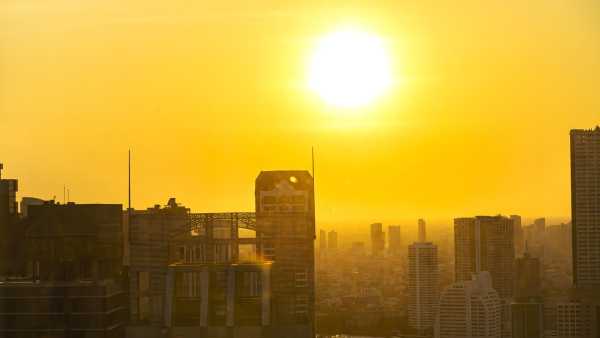
In just three years, we will reach a critical climate threshold. Can we reverse this trend?
-
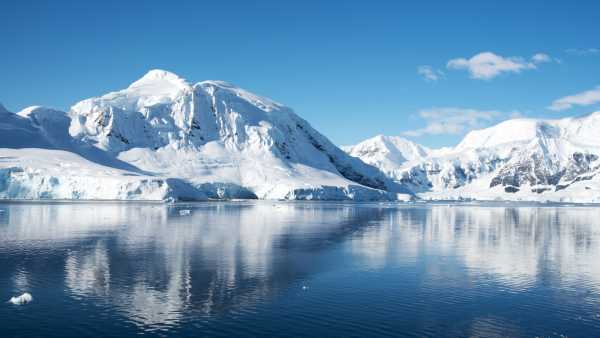
Drastic changes happening in Antarctica will 'affect the world for generations to come'
-
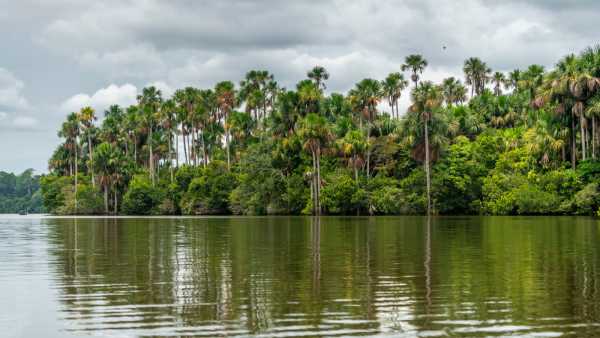
Amazon peatlands have stopped absorbing carbon. What does this mean?
To be fair, lofty goals have played a role in shaping climate debates about what's possible: there's always the argument that it's better to aim for the moon and miss than to aim for a ditch and end up in it.
But the climate crisis requires more than just aspirations. We need concrete, realistic plans.
This is precisely what makes China's promise so significant: Beijing only promises what it plans to deliver. Having pledged to peak emissions this decade, just 50 years after the start of serious industrialization, it appears poised to achieve it. And, along the way, to become a global leader in wind power, solar energy, and electric vehicles.
Meanwhile, in the scientific literature…
In late August, an article appeared in the journal Nature Communications that sheds light on the context of China's announcement and should have attracted much more attention.
In it, climate scientists Junting Zhong and co-authors describe what they call a “reality-consistent scenario.” This means emissions trends over the next century that are consistent with current emissions levels and countries' short-term commitments.
The article is provocatively titled “A Plausible Global Emissions Scenario for 2°C Warming Consistent with a Zero-Emissions China” (provocative because it implies that some other scenarios are, shall we say, less plausible).
According to their scenario, global carbon dioxide emissions will peak this decade and reach net zero by 2070, accompanied by immediate, sustained, but moderate reductions in methane and other greenhouse gas emissions. In response, global warming is expected to peak at just over 2°C by the end of this century and then fall below 2°C early next century.
You may like
-
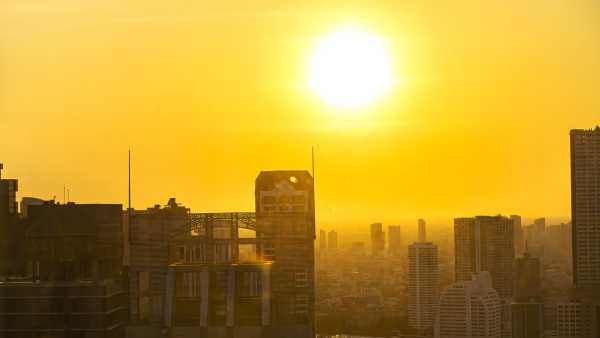
In just three years, we will reach a critical climate threshold. Can we reverse this trend?
-
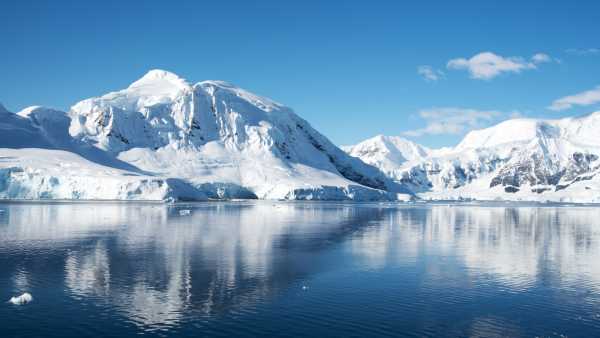
Drastic changes happening in Antarctica will 'affect the world for generations to come'
-
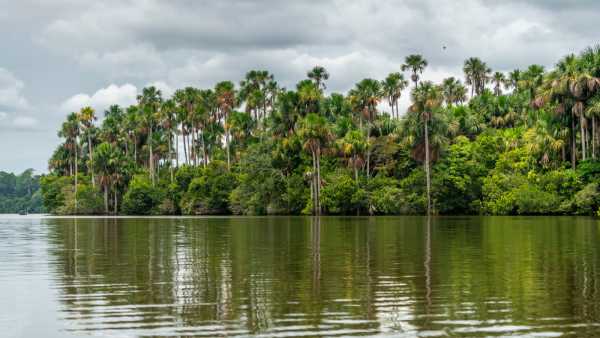
Amazon peatlands have stopped absorbing carbon. What does this mean?
Zhong and his colleagues, crucially, highlight China's contribution. According to their scenario, the country's carbon dioxide emissions will peak in the next few years and then, through a sustained decline, drop to near zero by 2060. Methane emissions will begin to decline immediately.
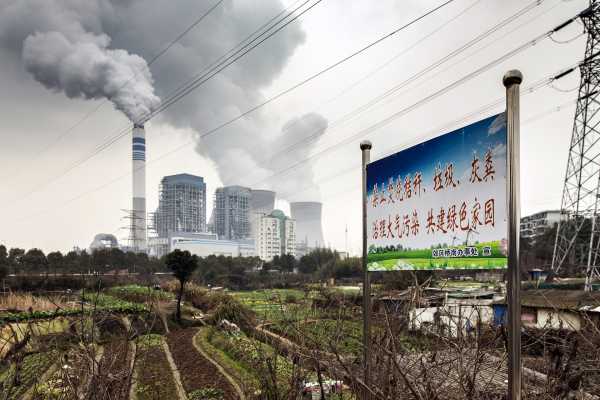
China is the world's largest source of methane, a potent but short-lived greenhouse gas. Much of it comes from coal mines.
There's much to discuss regarding the relationship between this scenario and China's latest emissions reduction commitment. How much of this 7-10% reduction in all greenhouse gas emissions by 2035 will come from the much-desired reduction in methane emissions? Separating the contributions of long-lived (CO₂) and short-lived (e.g., methane) greenhouse gases would be helpful in understanding the implications of China's commitments for global temperature.
Zhong and his colleagues believe that land-use change (such as reforestation) plays only a minimal role in China's long-term climate change plan. So why does Beijing's new commitment place so much emphasis on tree planting? Is this a temporary measure or the beginning of more aggressive land-based carbon removal?
While renewable energy plays a central role in China's strategy, the country will also need to store captured carbon (at power plants and factories) on a massive scale. The question, perhaps, is how China plans to achieve all this.
This is why the phrase “strive for the best” in President Xi Jinping's statement is so important. The world is keen to see China exceed its promises.
Why is there silence?
But perhaps the most remarkable thing about this whole story is how little discussion there has been of Zhong and his colleagues' work. It was certainly timely: it came out just as China was preparing its commitment, it was published in a leading global scientific journal, and one of the co-authors holds a prominent position within the IPCC. Yet, despite all this, it received virtually no attention online.
Perhaps most climate experts were too busy reacting to a completely different document: a “critical review” commissioned by the U.S. Department of Energy of the impact of greenhouse gases on the U.S. climate.
Whether you agreed with their conclusions or not, Zhong and his team's work was rigorous, transparent, and peer-reviewed. The American review fell short of these standards and has already been widely criticized as flawed. Nevertheless, it remained the focus of media attention and commentary for weeks.
While the world's second-largest emitter debated a dubious dossier, a carefully presented and comprehensive scenario that has direct implications for the climate policies of the world's largest emitter went virtually unnoticed.
RELATED STORIES
Climate action faces a new threat: pessimists who believe it is too late to act.
— “Serious negative and unintended consequences”: Polar geoengineering is not the answer to climate change.
A “new” island has emerged from melting ice in Alaska.
This is a missed opportunity. China's goals aren't just slogans or aspirations; they're statements of intent based on what the country believes it can achieve. And wherever China goes, others will follow. Analysis like Zhong and his colleagues' helps us understand both China's role and the world's chances of keeping warming below 2°C.
That's why President Xi's call to “do better” applies not only to countries but also to scientists, commentators, and climate policy experts. Don't be distracted by the usual suspects flooding this space.
This edited article is republished from The Conversation under a Creative Commons license. Read the original article.
TOPICS China
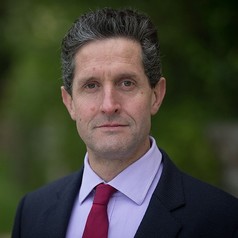
Miles Allen, Head of the Department of Atmospheric, Oceanic and Planetary Physics at the University of Oxford
Miles Allen is Head of the Department of Atmospheric, Oceanic, and Planetary Physics at the University of Oxford and Professor of Geosystems Science in the School of Geography and the Environment. His research focuses on the influence of anthropogenic and natural factors on climate change, the risks of extreme weather events, and their long-term implications for climate forecasts. A seasoned member of the Intergovernmental Panel on Climate Change, he developed methods for linking human activity to specific weather events and founded Climateprediction.net, the world's largest distributed climate modeling project.
You must verify your public display name before commenting.
Please log out and log back in. You will then be asked to enter a display name.
Exit Read more
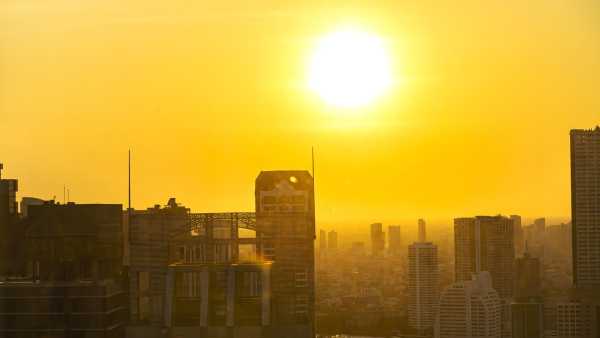
In just three years, we will reach a critical climate threshold. Can we reverse this trend?
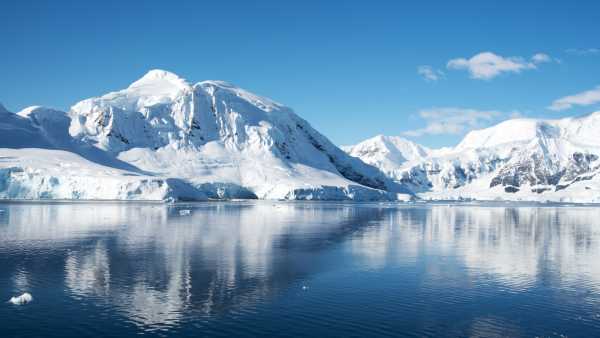
Drastic changes happening in Antarctica will 'affect the world for generations to come'
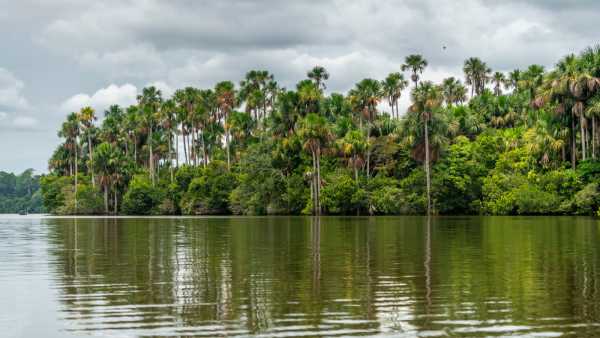
Amazon peatlands have stopped absorbing carbon. What does this mean?

“If there's a space race, China is already winning”: NASA is unlikely to deliver Martian soil samples to Earth before China, experts say.
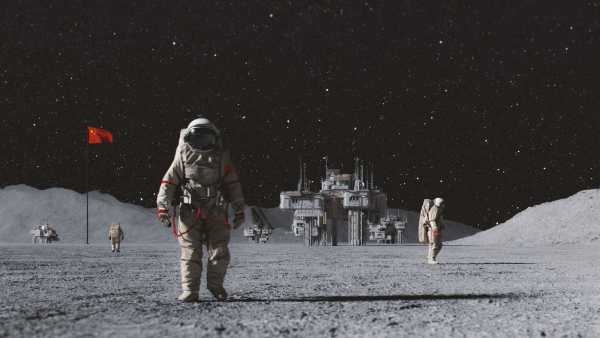
A new report warns that China could overtake the United States to become the leading power in space – and this could happen “in five to 10 years,” an expert says.
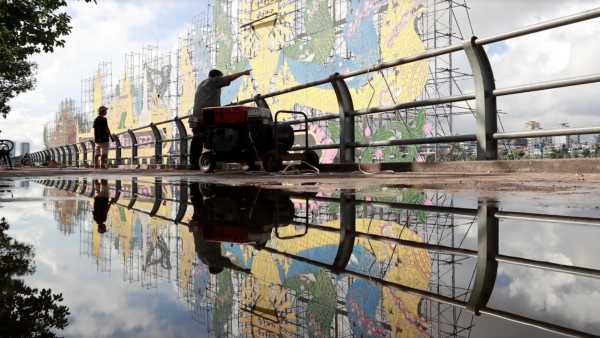
The study found that new, previously unseen, human-created seasons appear to be developing on Earth.
Latest news on climate change
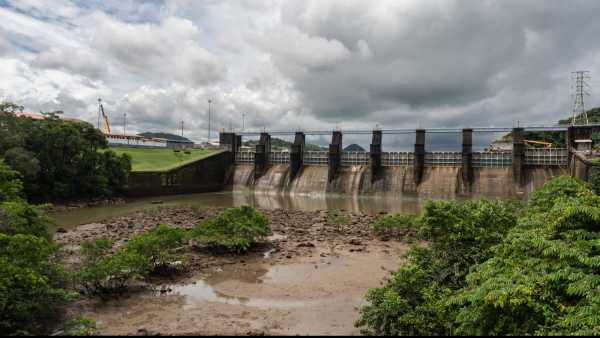
The Panama Canal requires a colossal amount of water to operate. A study warns that climate change could threaten this.
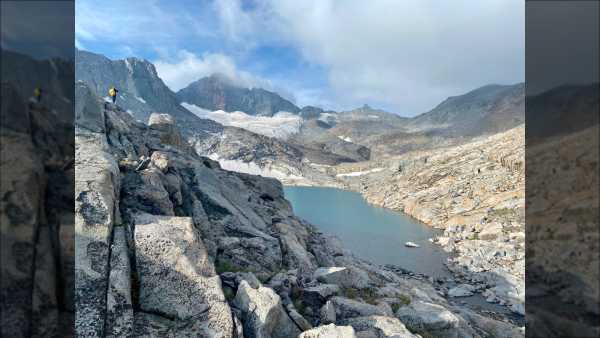
Yosemite's glaciers have survived for 20,000 years, but we may be the first people to see the Sierra Nevada ice-free.
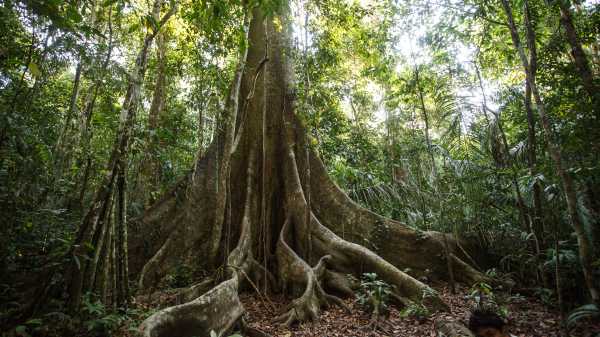
Trees in the Amazon rainforest are resisting climate change by growing thicker due to CO2 in the atmosphere.
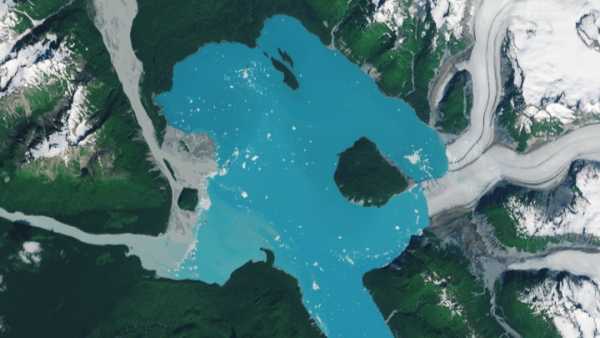
A “new” island has emerged from melting ice in Alaska.
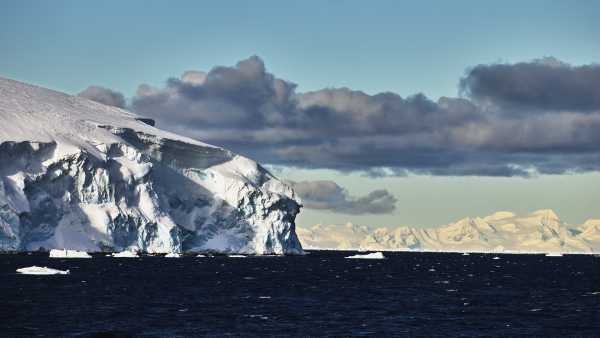
'Serious negative and unintended consequences': Polar geoengineering is not the answer to climate change

Climate action faces a new threat: pessimists who believe it's too late to act.
Latest opinions
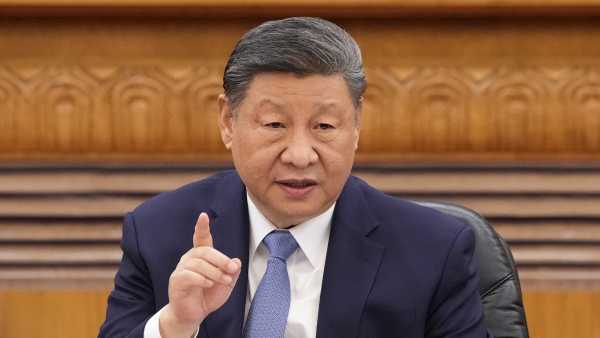
When China commits to fighting climate change, the world must listen
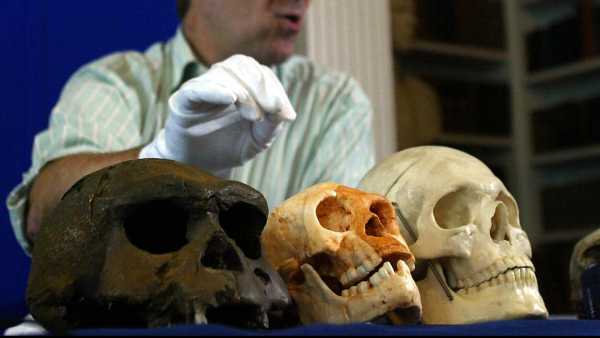
Ancient hobbits showed a slower growth rate during childhood, indicating that human brains were not always getting “bigger and bigger.”

Cartels, bogus publications, and bogus peer reviews: Fraud is driving a crisis in science—here's what we need to do to stop it.

Why OpenAI's Anti-AI Hallucination Solution Will Kill ChatGPT Tomorrow
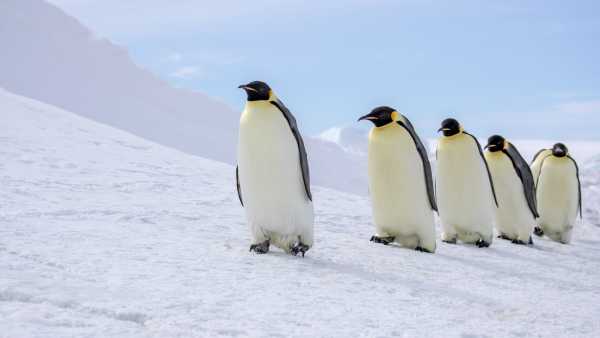
Fossils of a giant penguin that lived 3 million years ago have been discovered in New Zealand. What happened to them?
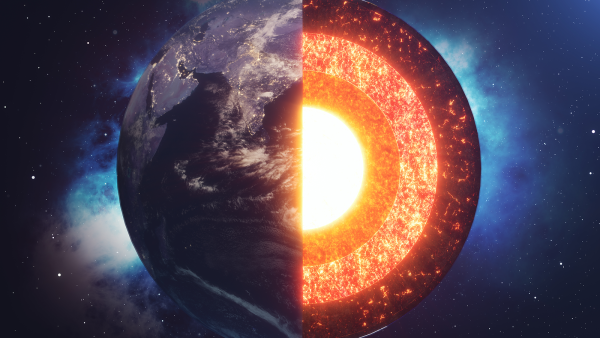
We are only just beginning to learn what the Earth's inner core is really made of.
LATEST ARTICLES

1The asteroid belt of our solar system is slowly disappearing.
Live Science magazine is part of Future US Inc., an international media group and leading digital publisher. Visit our corporate website.
- About Us
- Contact Future experts
- Terms and Conditions
- Privacy Policy
- Cookie Policy
- Accessibility Statement
- Advertise with us
- Web notifications
- Career
- Editorial standards
- How to present history to us
© Future US, Inc. Full 7th Floor, 130 West 42nd Street, New York, NY 10036.
var dfp_config = { “site_platform”: “vanilla”, “keywords”: “type_opinion,type-crosspost,exclude-from-syndication,serversidehawk,videoarticle,van-enable-adviser-
Sourse: www.livescience.com


